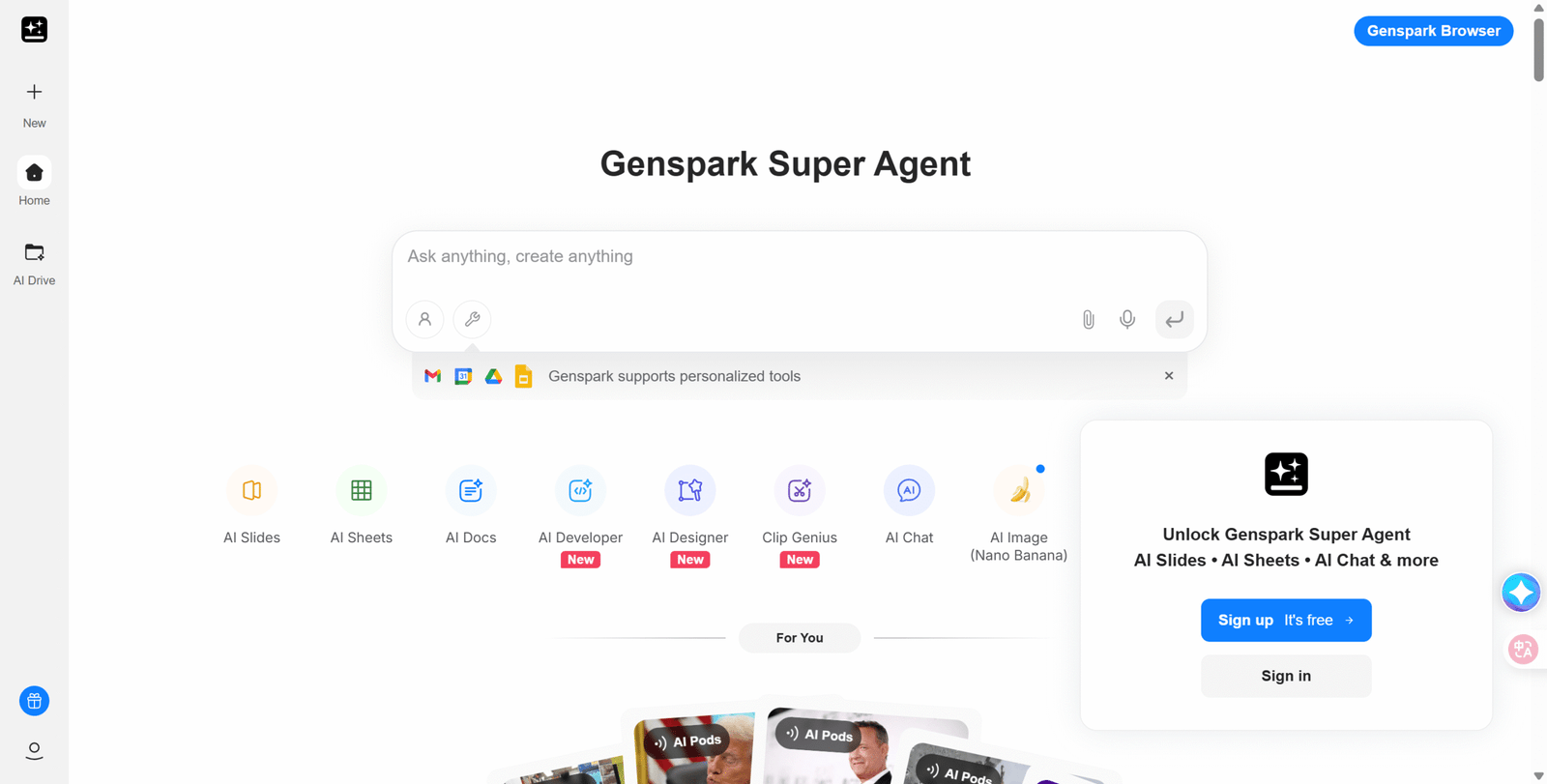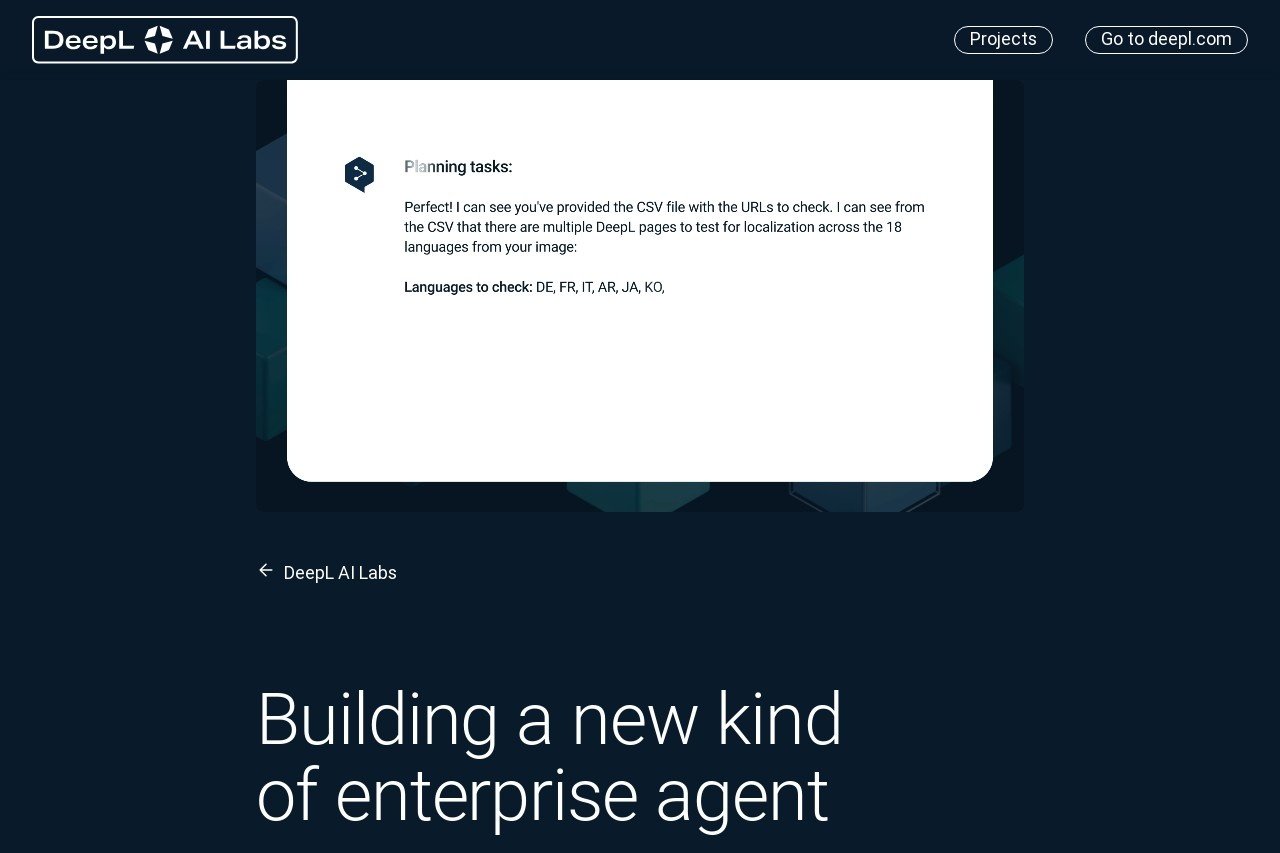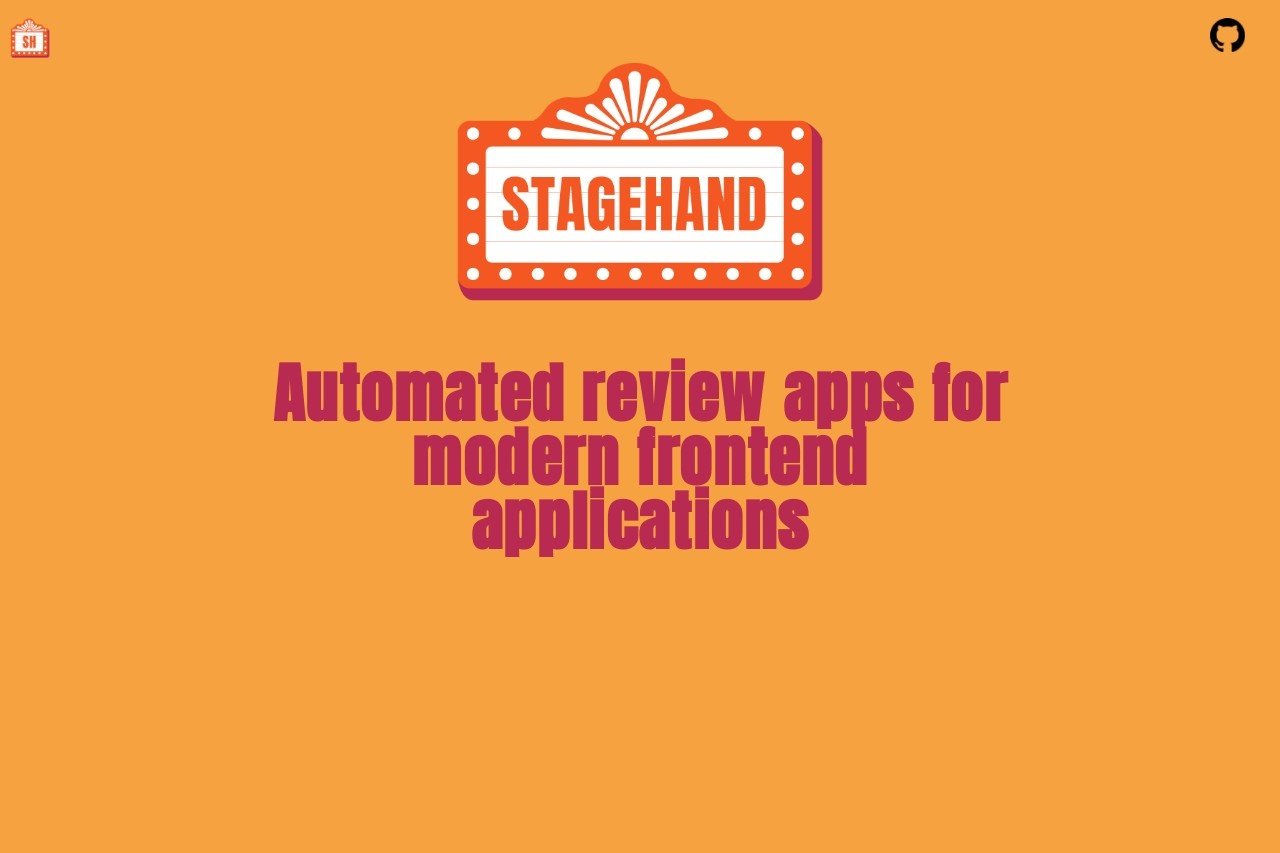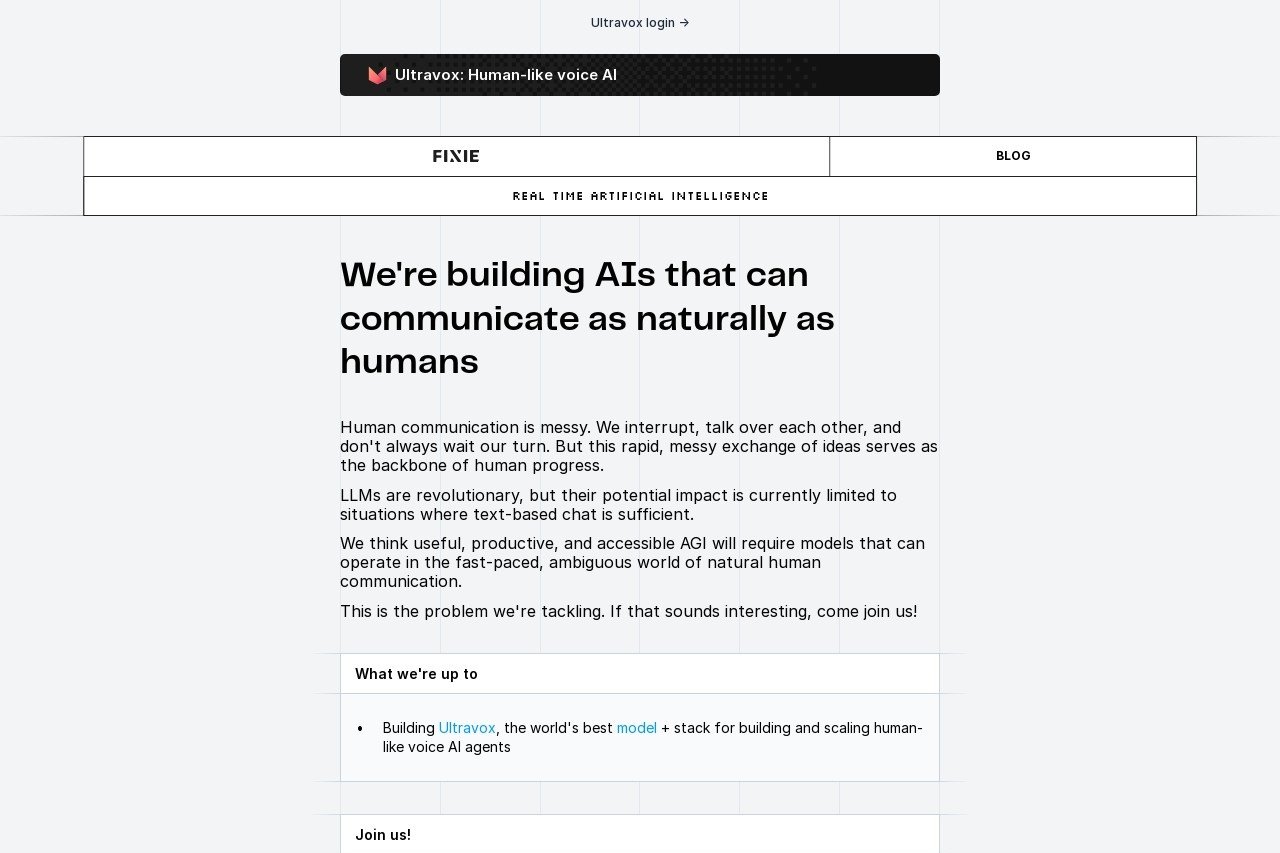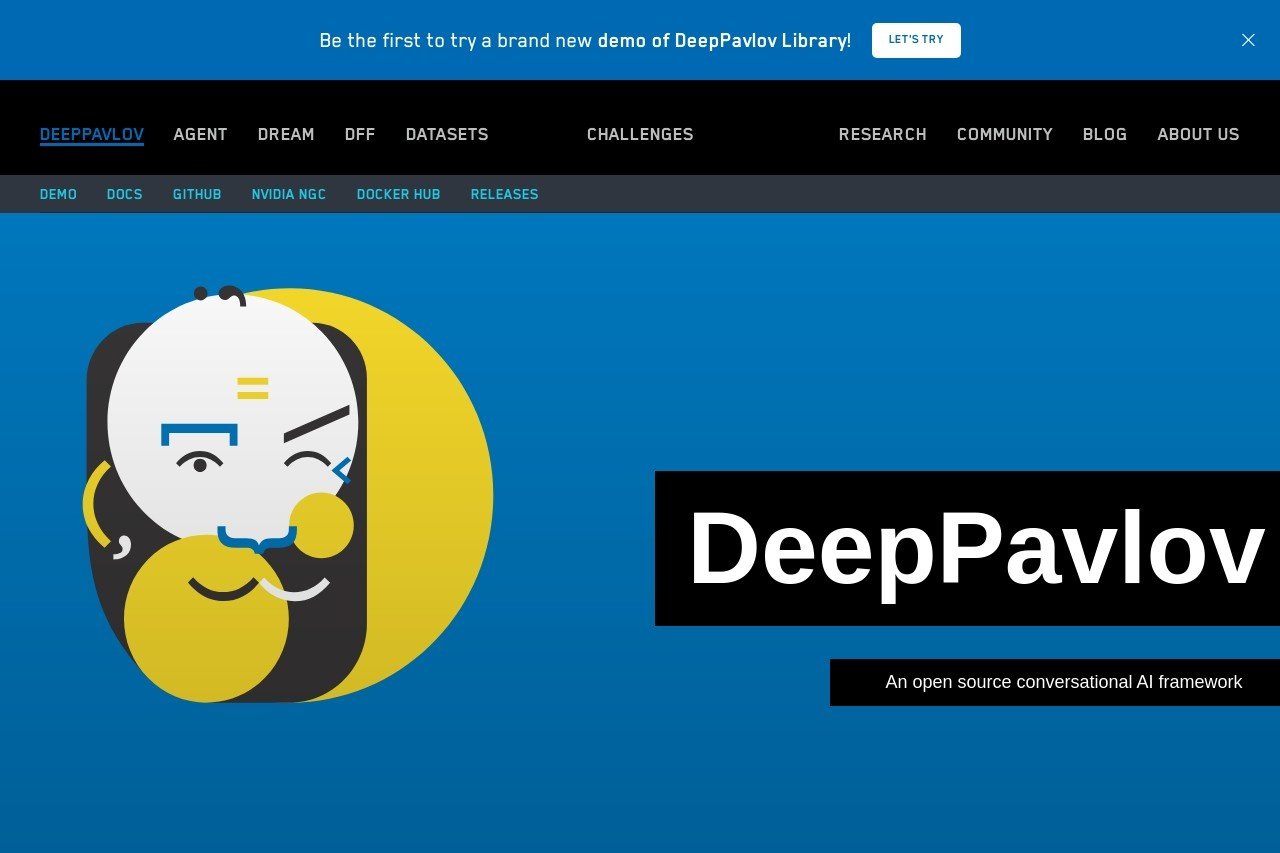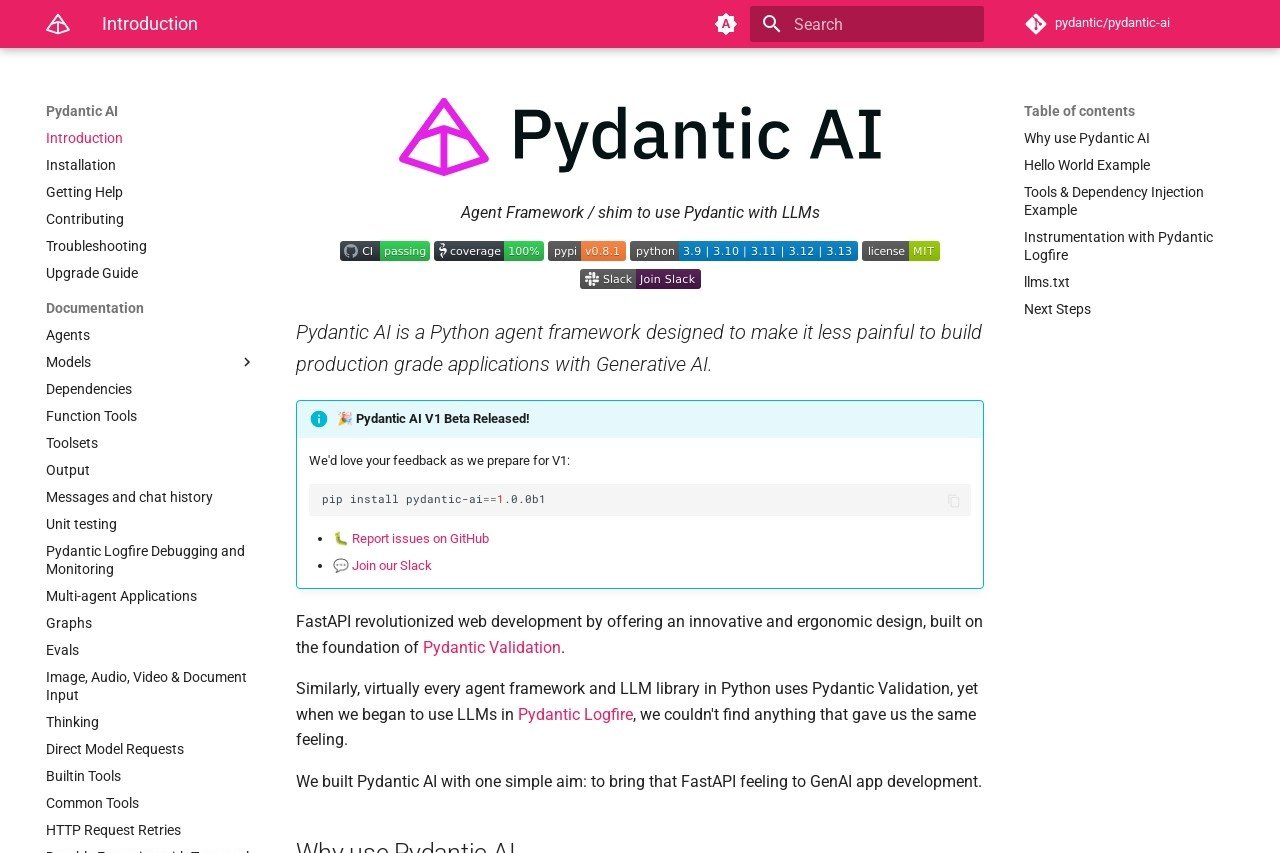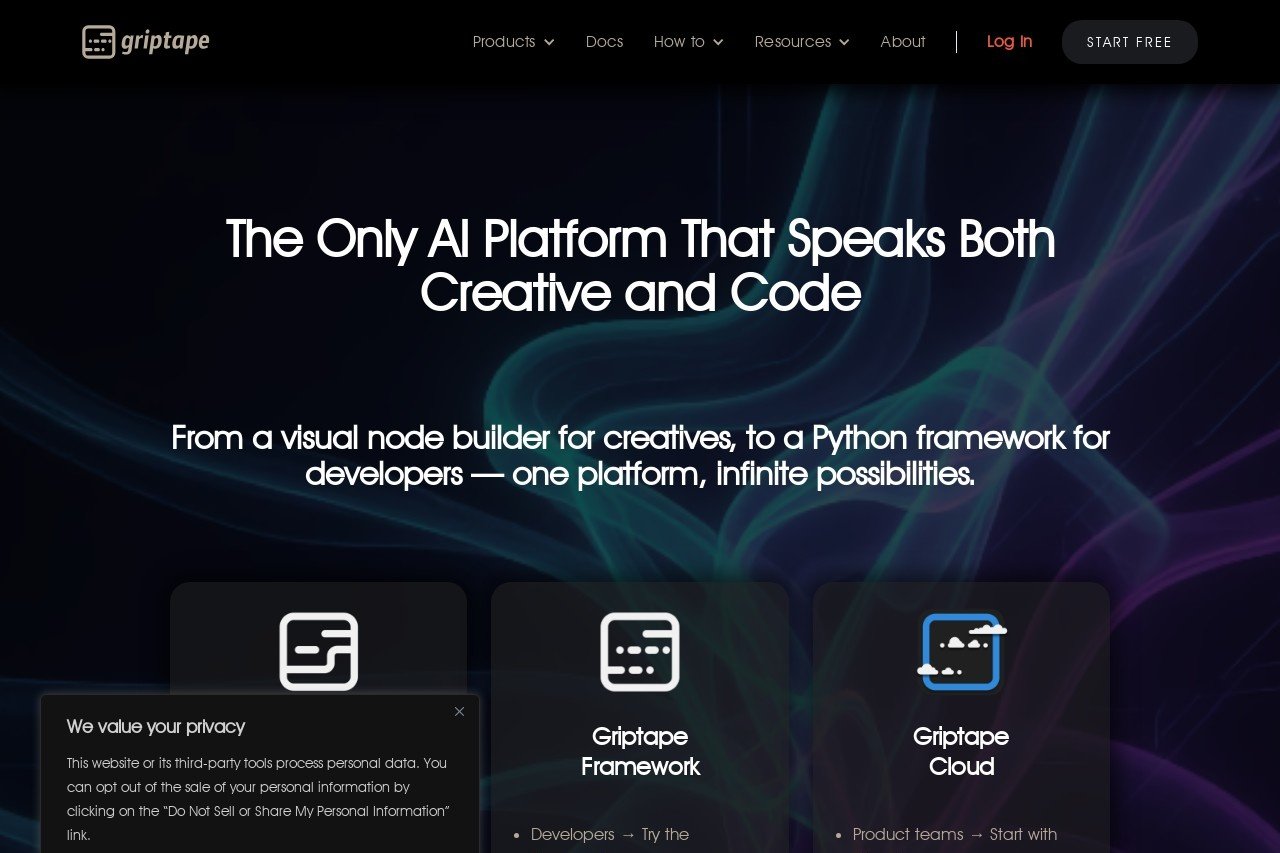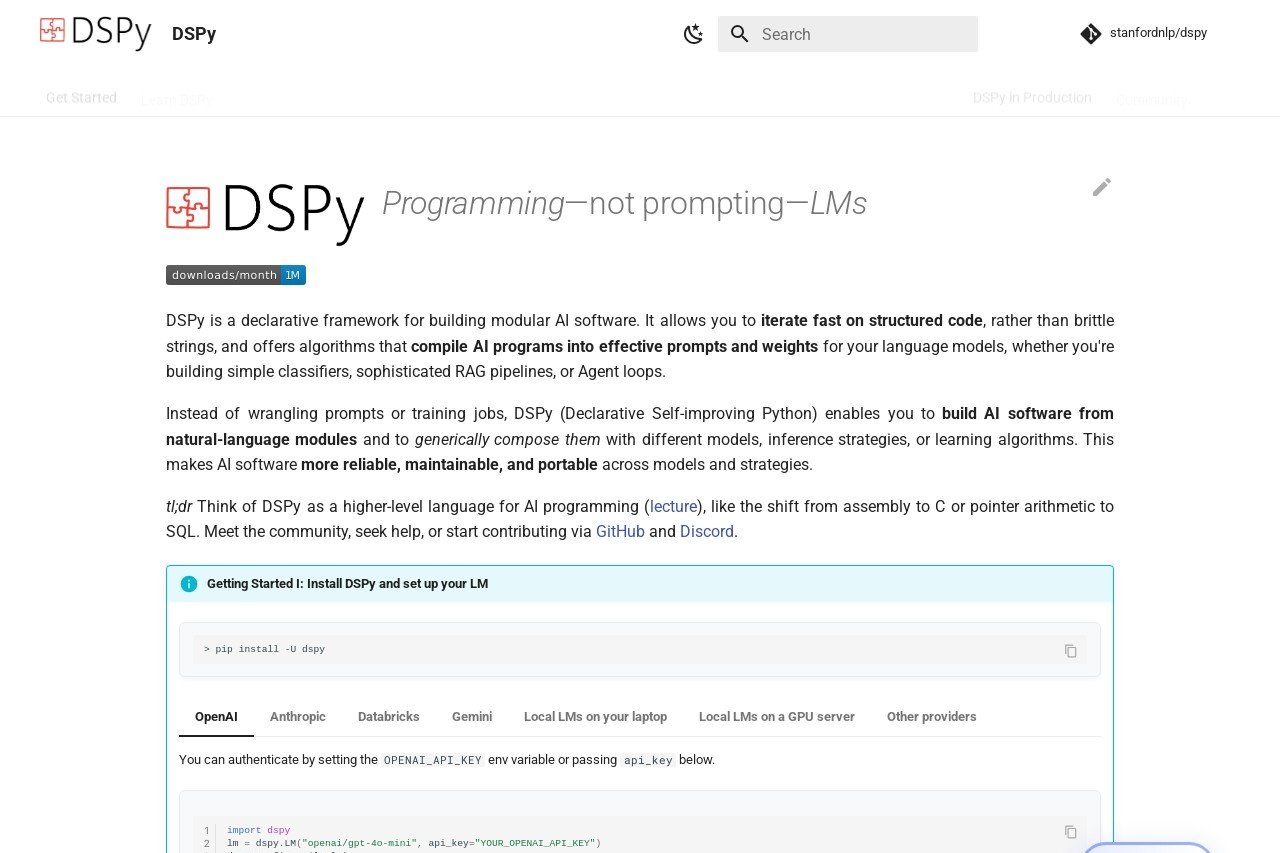
A framework for programming language models through structured composition rather than manual prompting.
DSPy
Introduction to DSPy
DSPy is a groundbreaking framework designed for programming language models by emphasizing structured composition over manual prompting. It enables developers to build sophisticated AI applications with greater reliability and efficiency, shifting the focus from crafting individual prompts to designing modular, composable programs.
Key Features
- Modular Programming: Create reusable components for complex language model pipelines.
- Automatic Optimization: DSPy optimizes prompts and weights based on your data and metrics.
- Composition Over Prompting: Build programs by composing modules, reducing reliance on manual prompt engineering.
- Multi-Model Support: Works seamlessly with various language models and retrieval systems.
Benefits and Advantages
DSPy offers significant advantages for AI development. It enhances reproducibility and maintainability of language model programs, reduces the brittleness often associated with hand-written prompts, and accelerates iteration cycles. By abstracting low-level prompting details, it allows developers to focus on high-level logic and structure.
Ideal Users
DSPy is ideal for AI researchers, ML engineers, and software developers who are building applications with language models. It is particularly valuable for teams working on question-answering systems, conversational agents, content generation tools, and other NLP tasks that require robust and scalable solutions.
Frequently Asked Questions
How does DSPy differ from traditional prompt engineering?
DSPy moves beyond manual prompting by allowing you to build and optimize programs through composition and learning.
Is DSPy compatible with my existing language models?
Yes, DSPy is designed to work with a variety of popular language models and retrieval engines.
What programming language is used?
DSPy is a Python framework, integrating smoothly with the modern ML ecosystem.



